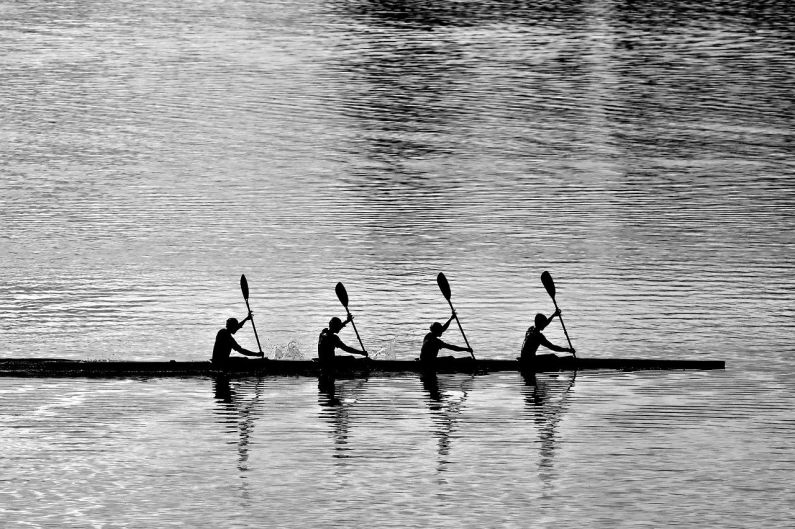
Rowing is a sport that demands both power and technique. When it comes to rowing races, having a strong sprinting technique can make all the difference in securing a victory. Whether you are a beginner or a seasoned rower looking to enhance your sprinting skills, there are several key strategies you can employ to improve your speed and efficiency on the water.
**Understanding the Mechanics of Sprinting**
Sprinting in rowing requires a combination of power, coordination, and timing. The goal is to generate as much speed and momentum as possible in a short burst to propel the boat forward. To improve your sprinting technique, it is essential to understand the mechanics of the rowing stroke and how each phase contributes to overall speed.
**Focus on Power Application**
One of the most critical aspects of sprinting in rowing is the application of power. During the drive phase of the stroke, focus on driving your legs explosively against the foot stretcher while engaging your core and back muscles to maximize power output. This powerful leg drive is what propels the boat forward during the sprint, so it is crucial to generate as much force as possible with each stroke.
**Maintain Proper Body Position**
Maintaining a strong and efficient body position is key to optimizing your sprinting technique. Keep your core engaged and your back straight throughout the stroke to ensure efficient power transfer from your legs to the oar. Avoid slouching or leaning back too far, as this can reduce the effectiveness of your stroke and hinder your speed.
**Work on Timing and Rhythm**
In sprinting, timing and rhythm play a crucial role in maximizing boat speed. Focus on synchronizing your movements with your crewmates to ensure that the boat is moving smoothly and efficiently. Pay attention to the timing of your leg drive, body swing, and arm pull to create a seamless and powerful stroke that propels the boat forward with each stroke.
**Practice Sprinting Drills**
Incorporating sprinting drills into your training routine can help fine-tune your technique and improve your speed on the water. Try incorporating short, high-intensity intervals into your workouts to simulate the demands of sprinting in a race setting. Focus on maintaining proper technique and form during these drills to build muscle memory and improve your sprinting efficiency.
**Seek Feedback and Coaching**
Seeking feedback from coaches and experienced rowers can provide valuable insights into areas for improvement in your sprinting technique. Ask for feedback on your technique, timing, and power application to identify any areas that may need refinement. Working with a coach to develop a personalized training plan can help you target specific areas for improvement and enhance your sprinting performance.
**Focus on Mental Preparation**
In addition to physical training, mental preparation is key to excelling in sprinting during rowing races. Visualize yourself executing a perfect sprint, focusing on strong, powerful strokes and maintaining a steady rhythm. Practice mental imagery techniques to build confidence and mental toughness, which can help you push through fatigue and maintain focus during a sprint.
**Conclusion: Mastering the Sprint**
Improving your sprinting technique for rowing races requires a combination of physical conditioning, technical proficiency, and mental fortitude. By focusing on power application, body position, timing, and rhythm, practicing sprinting drills, seeking feedback, and enhancing your mental preparation, you can elevate your sprinting performance and achieve greater success on the water. Remember, consistency and dedication to refining your technique are key to mastering the sprint and crossing the finish line ahead of the competition.





